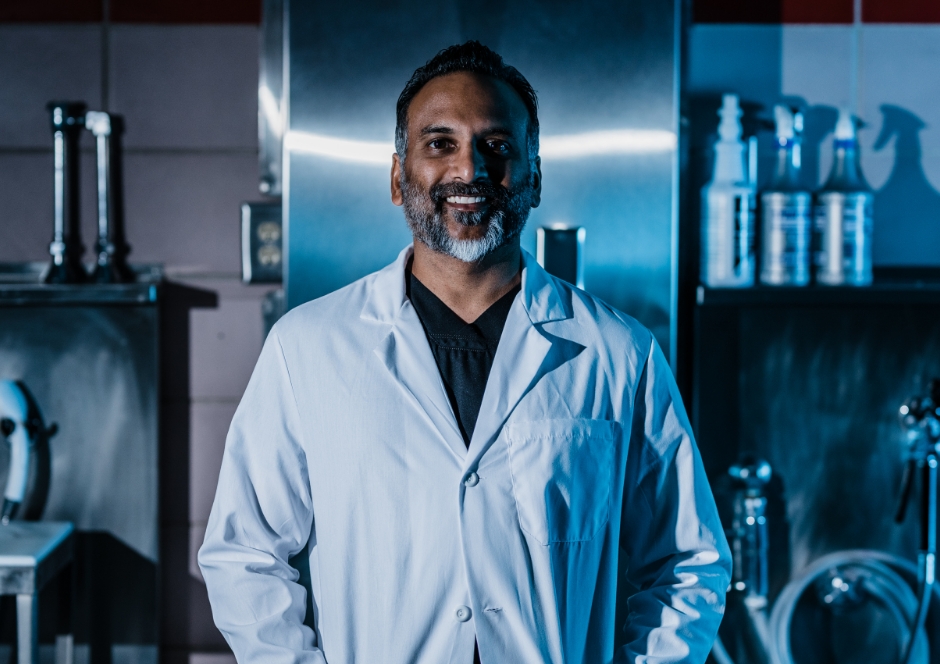 A forensic expert witness like Dr. Satish Chundru often works with legal teams to testify about a victim’s time of death. But how exactly do these professionals come up with this timeframe? How is the time of death determined in cases where there are uncertainties regarding what happened, when it happened, or even if it happened when someone passes away without anyone present?
A forensic expert witness like Dr. Satish Chundru often works with legal teams to testify about a victim’s time of death. But how exactly do these professionals come up with this timeframe? How is the time of death determined in cases where there are uncertainties regarding what happened, when it happened, or even if it happened when someone passes away without anyone present?
As it turns out, there are a variety of ways a pathology expert witness like Dr. Chundru can determine a deceased person’s time of death:
Body Temperature
The average living human being has a body temperature of 98.6 degrees F. However, when a person dies, their body begins to cool by about 1-2 degrees every hour. Eventually, the body’s temperature will equal the room’s ambient temperature.
Certain factors, such as alcohol consumption, can interfere with a deceased body’s cooling process. Toxicology reports can determine if alcohol was in the person’s bloodstream at the time of death.
Rigor Mortis Status
After people die, their muscles begin to stiffen and contract. In some cases, this process can begin as soon as 15 minutes after death. A forensic expert witness like Dr. Chundru will evaluate an autopsy report to understand the body’s state of rigor mortis at the time of the medical examination to help determine the person’s time of death. Typically, a body is in full rigor mortis 15 hours after death.
Degree of Body Decomposition
For deaths that are believed to have happened at some time in the past, observing the body’s state of decomposition, including the state of the skin, bones, and organs aid a forensic expert witness in determining when the person died.
Stomach Contents
The stomach and digestive system often hold many clues that help professionals determine when a person passed away. By examining these bodily systems, one can determine when a person ate his or her last meal based on how far the meal’s contents traveled through the digestive system.
Eye Condition
After death, the state of a body’s eyes begins to change. Immediately after death, the pupils begin to dilate and no longer respond to light. As more time passes, the eyes begin to contract, and the fluid in a body’s eyes begins to dry up. In some cases, a body’s irises also change shape.
Skin Condition
Without blood flow to the skin, its condition undergoes several changes. These include the skin becoming more white, losing elasticity, and the lips drying out. In the case of a body that was submerged in water, the skin dissolves at a predictable rate.
Blood Pooling
Recent deaths are often accompanied by blood pooling. This is because the blood pools due to a lack of circulation. Blood pooling is especially common if the body was found in an unusual position.
Oral Conditions
A new area of forensic science is looking at the oral state of a body to determine the time of death. Researchers have found that a decomposing body has different microorganism activity compared to a living body.
State of Trauma, if Relevant
If a person’s death included any trauma, its state will be evaluated. For example, fresh blood indicates a recent death, while dried blood indicates a later one.
Insect Activity
Forensic entomology is a new field in the study that helps examiners determine the time of death by looking at insect activity on a body. The different types and stages of insects that may be found on or inside a body can help narrow down the time of death.
Turn to a Professional Forensic Expert Witness
There are a variety of factors that help professionals determine the time a deceased person passed. Despite all the scientific tests outlined above, they are still not completely reliable. Today, there are other areas of a person’s life that can help determine the time of death. This includes technologies (last text message, last phone call, last time phone pinged relative to where the decedent was found, etc.) established routines, crime scene investigation, and witnesses. Together, these methods help determine the most accurate time of death.
If the time of death is a key component of your upcoming court trial, you want to work with someone who has ample experience evaluating autopsy reports and testifying about the results. Dr. Chundru has 20 years of experience in the field and is available to consult nationwide.
To learn more about how Dr. Chundru can provide his professional forensic services, contact him today.







